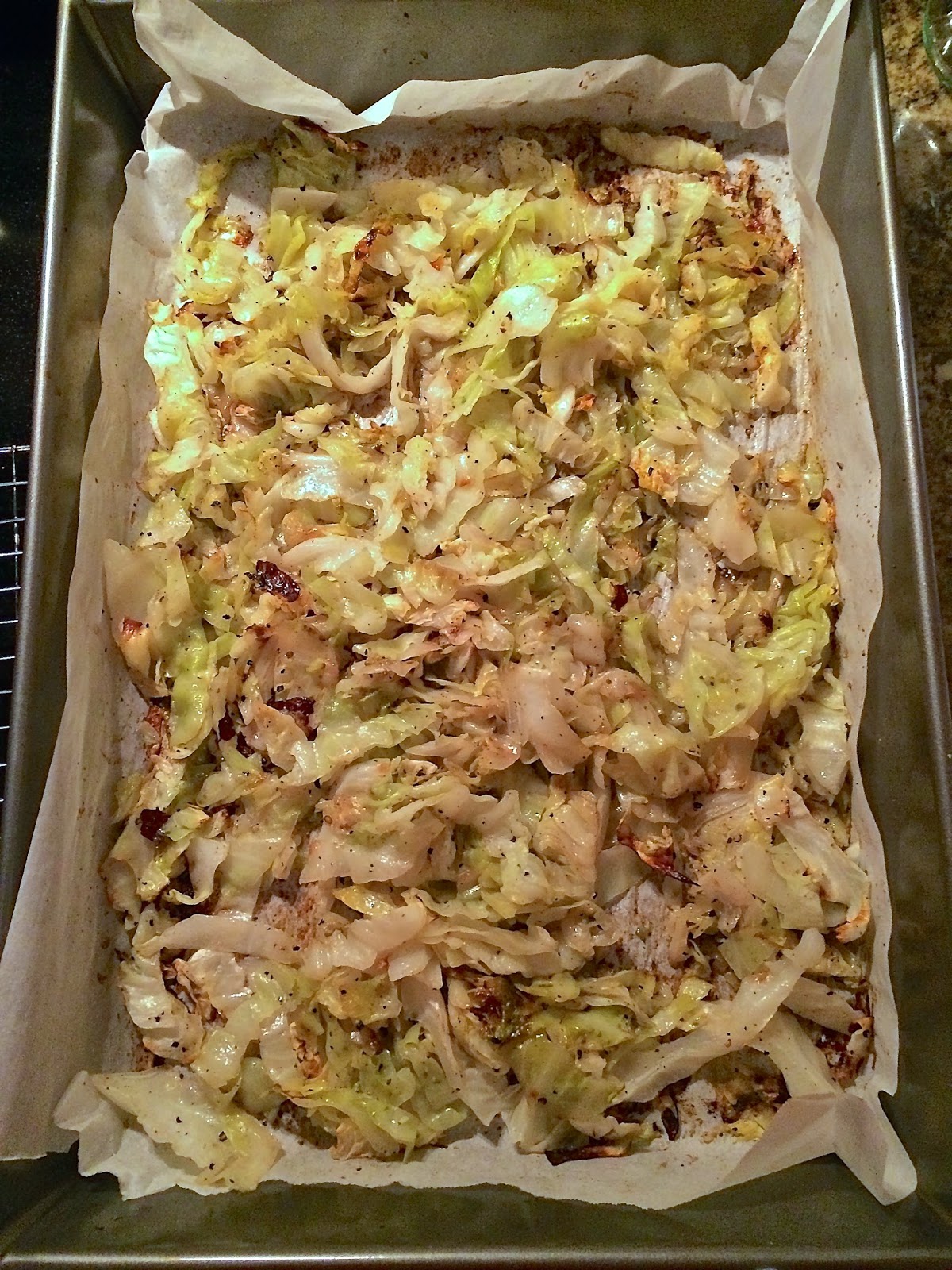Many of you readers (hello! long time no see!) know how much I
loooove coconut flour. Coconut flour has been such a great option for me, for many reasons, and I know many of you have learned the ins and outs of baking with coconut flour too and love it just as much as I do.
For those of you who are still on the fence, or just haven't hopped on the coconut train (it's a serious train that's been chugging very strong for several years now) then I'm here to convince you to give coconut flour a try.
My journey with coconut products began several years ago when I first learned about the paleo way of eating. Focusing on the paleo / primal template for my food choices was a great option for me, and during this time I discovered the awesomeness of coconut flour.
What makes
coconut flour so awesome is mostly its nutrition stats, its affordability and its versatility. Today I'm here to tell you about why coconut flour is a healthy choice, so that will be my main focus, but I'll also touch on the other two points near the end.
Disclaimer - While I do have extensive training in nutrition, I am not a doctor, nutritionist or registered dietitian, so implement this information with your own discretion.
Why I Love Coconut Flour 101
1)
Contain healthy fats
-
Healthy fats are so important for our bodies. We need fat in order to make healthy skin, hair, and nails. Fat is an essential part of our brains, as well as ALL our cell membranes which are basically a double stack of fat molecules, called a phospholipid bilayer. Many sources of fat also contain cholesterol, which is an essential building block of almost all hormones. Pregnant women need a higher intake of essential fatty acids (EFAs) in order to make the babies brain (most importantly).
- Coconut flour contains
medium chain triglycerides (MCTs) aka medium chain fatty acids (MCFAs). You've probably heard about these before. What's great about MCTs is that they are metabolized very quickly by the body and so are used as an energy source right away, in contrast to LCFAs (long chain fatty acids) which need a more involved process in order to be broken down and utilized. MCTs are also very antimicrobial.
- Coconut flour is also rich in a type of fat called lauric acid, which along with MCTs, are very
antimicrobial. Both together can help contribute to a healthy balance of body flora, on our skin and in our gut.
- In less than one ounce of coconut flour, it contains about
3 grams of saturated fat.
- It is also worth mentioning that coconut flour is
low carb, which makes it a great alternative for those who medically need to choose a low carb diet, and for others who eat low carb diets by choice.
- Fats also contribute to
feeling satisfied with the food you're eating, so you are more likely to stop eating
and be satisfied with how much you've eaten, when you are feeling full.
2)
Fiber content
- Many baking flours on the market are devoid of certain nutrients, and other properties like fiber, but coconut flour is NOT one of them! Coconut flour is
rich in fiber, and if you've ever worked with coconut flour before you know that if not used properly, it will suck up all the liquid in your recipes and the end product will be very dry! That's because of all the fiber.
- In less than 1 ounce of coconut flour, there is
11 grams of fiber.
- Fiber is necessary in our diets because it is needed to
detoxify hormones, to help move our bowels, and to feed the bacteria in our colons.
3)
Protein
- Most flour products contain little or NO protein, but coconut flour actually does!
- In less than 1 ounce of coconut flour, there is
4.5 grams of protein.
- Both the fat, fiber, and protein contents of coconut flour make it very nourishing and satisfying at the same time. Making brownies or cookies or waffles with coconut flour will keep you full for hours, instead of lifting your blood sugar and crashing you down 2 hours later. Say
good-bye to the blood sugar roller coaster. ;)
Many of my recipes use coconut flour - but these are some of my absolute favorites. They're also all grain-free!
All the photos in this post feature recipes I've created using coconut flour.
I hope you all found this post to be useful, informative, and inspiring! Get baking ;)
Love to you all,
xoxo
I am wrote this post for Nuts.com because they are passionate about sharing information about healthy food! It was good opportunity to join forces in order to spread information about making healthy choices.












